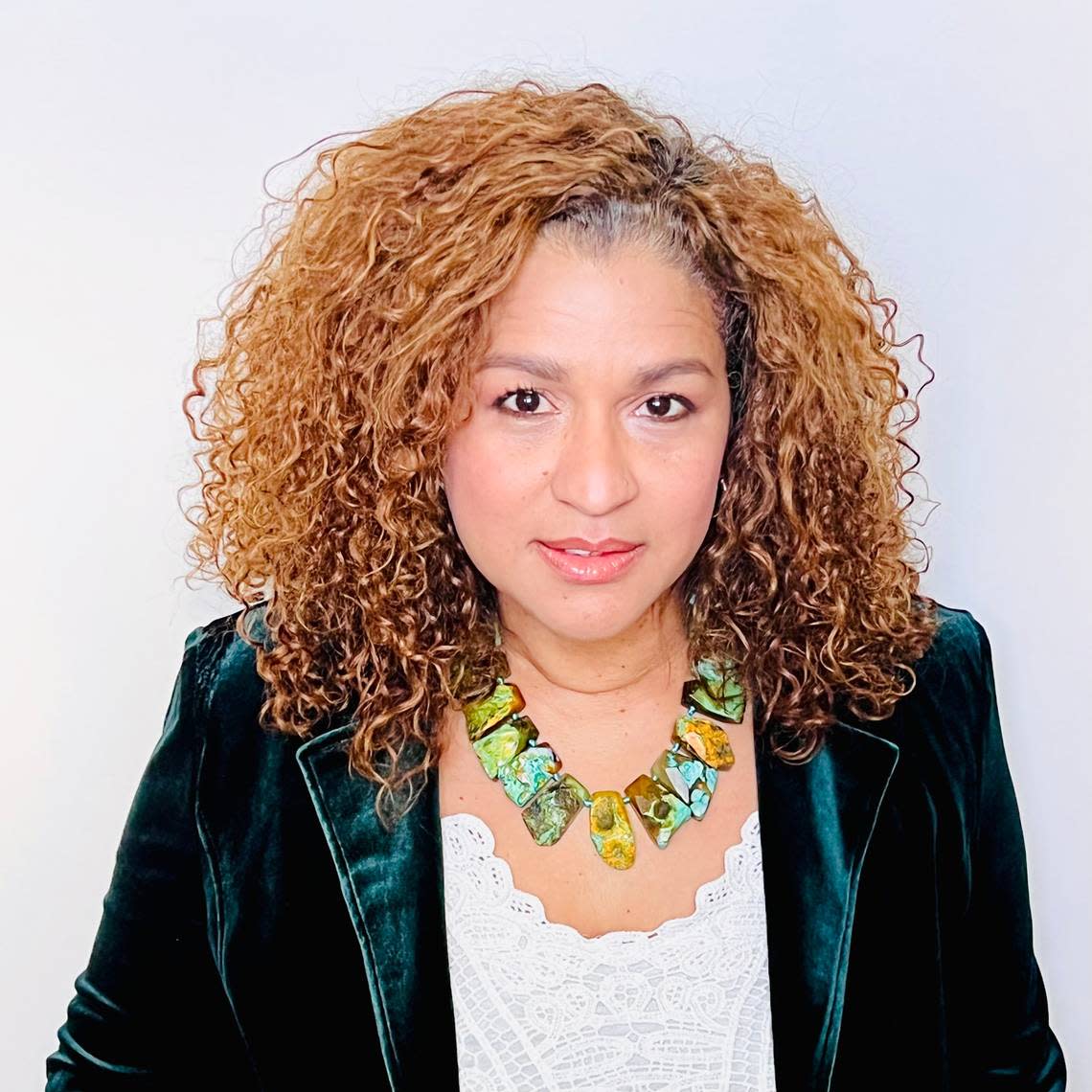The problem with disinformation, through the lens of a Spanish-language fact-checker

This past weekend, the Venezuelan American Caucus, Cubanos Pa’lante and PEN America held a panel discussion about how community leaders, activists and local journalists can help stop targeted disinformation efforts.
Among the panelists was Tamoa Calzadilla, the managing editor of Factchequeado, a website that counters Spanish-language disinformation and misinformation affecting the Hispanic community in the United States, and former director of elDetector, Univision Noticias’ fact-checking platform.
Factchequeado publishes articles debunking and explaining why a post in Spanish on social media might be misinformation or disinformation. It also collaborates with over 25 fact-checking organizations and local media outlets to limit the impact of misinformation and disinformation in Spanish-speaking communities.
In an interview with the Miami Herald, Calzadilla spoke about her organization’s work with Spanish-language disinformation in the U.S., how disinformation is affecting Hispanic voters, and how certain narratives are spread online.
READ MORE: Venezuela is a conduit for Russian propaganda, says disinformation watchdog
Remarks have been edited for clarity and brevity.
Q: What does Spanish-language misinformation and disinformation mean to you? How have you found that it actually affects Latinos?
A: We can see how disinformation and misinformation about COVID-19 has affected the Latino population — a lot of anti-vaxxer images, posts, videos and people who spoke as if they were scientists or doctors, when they weren’t. But now before the midterm elections we’re seeing a lot of disinformation that is looking to scare immigrants from countries from Venezuela to Nicaragua that are afraid of dictatorships. In Florida, for example, you can listen to ads on radio stations and on social media that compare President Biden or Democratic candidates to Nicolás Maduro, Castro or Ortega in Nicaragua. They do so with false images and manipulated videos that claim the U.S. government wants to control your life.
Q: What happens when people believe in this false information? How exactly does this misinformation and disinformation affect people?
A: When people believe in this type of information, they can make poor decisions about their health and elections. Combating misinformation and disinformation among Latinos is very important because they are vulnerable. There’s not as good information in Spanish as there is in English. Misinformation affects people because the posts will target viewers’ emotions. You know when you receive emails, videos, or texts and it affects your emotions? For example it makes you feel really happy, or sad, or angry. It’s the same reason you share a post without checking if it’s accurate or not.
READ MORE: Is Spanish-language media really a free-for-all? Here’s how it is (and isn’t) regulated
Q: How important do you think combating Spanish-language misinformation and disinformation is now that we’re getting closer to the midterm elections?
A: It’s really important because we want the Latino community to have the freedom to make their own decisions, whatever they want to do. And we want those decisions to be based in fact. We understand that people have opinions, that’s not the problem. We want to give people the opportunity to make their own decisions based on science and data. In social media, there’s not enough warnings in Spanish on what’s false or manipulated.
Q: Who exactly is the target of this misinformation? And how is this information spread exactly?
A: Social media is the natural way that people are communicating right now. A member of the family will send around content to their family and their community and when people receive that information it doesn’t matter if it’s real or manipulated. If this content resonates with people and emotionally affects them, people will share it. People want to believe in someone they trust more than the CDC or Dr. Fauci.
READ MORE: ‘Misinformation isn’t a one-way street.’ Republicans say Democrats escape scrutiny
Q: Why do you think people are so quick to believe this false information they read online? What makes people susceptible to believing this misinformation?
A: It has to do with critical thinking. It’s why we want to train people to read up on the information they consume on social media. We are seeing stories about the people that share this disinformation. It’s not about people who aren’t educated or don’t go to college, it’s people who have really strong beliefs. It’s ‘I want to share that because I like it. It doesn’t matter if it’s real or not.’
Q: How do we stop the amount of false information that is spread online? Is there any solution to this issue or do you think that you’ll have to continuously monitor conversations online forever?
A: It’s gonna be a long process of education and developing critical thinking skills. We need to explain to our audience absorbing this misinformation and disinformation that this is about you, this is about your life. This is something that is damaging your family and the decisions they make. We also need to let our audience know that they can be part of the solution. If you don’t share misinformation or bad content, we can better inform our audience with factual information.
